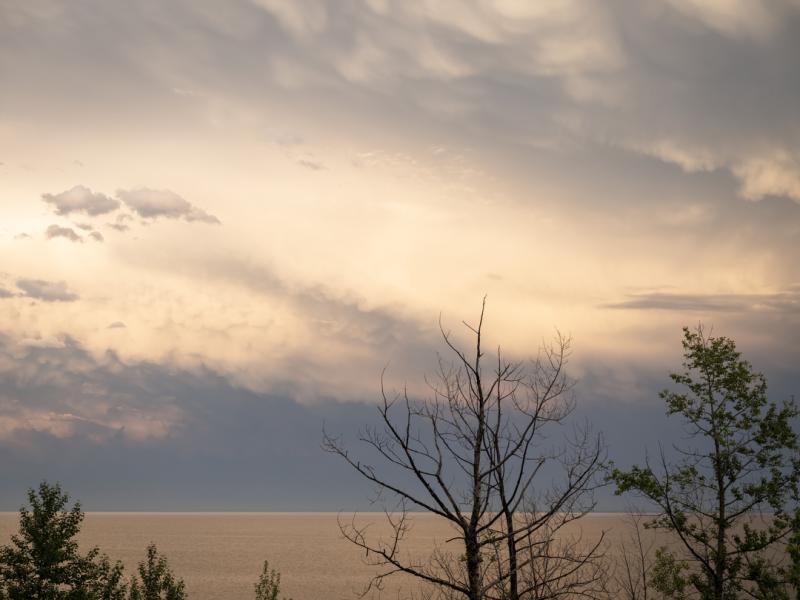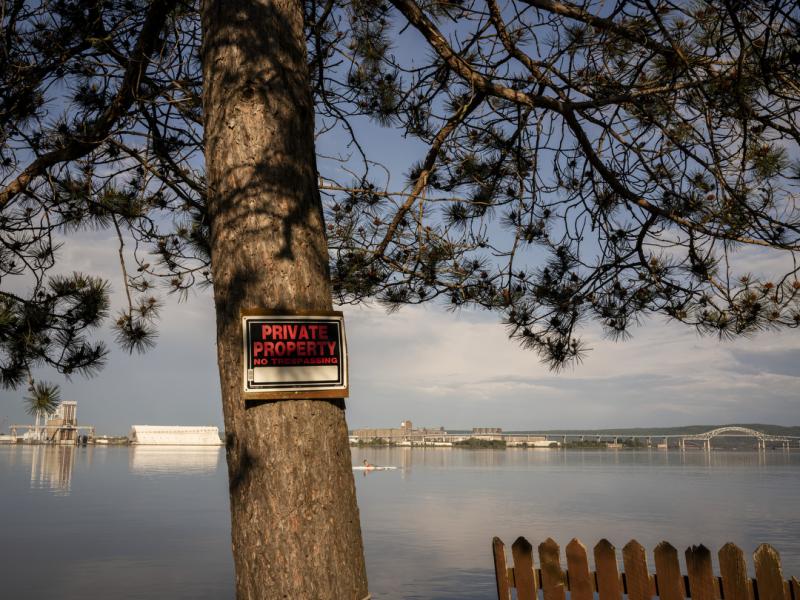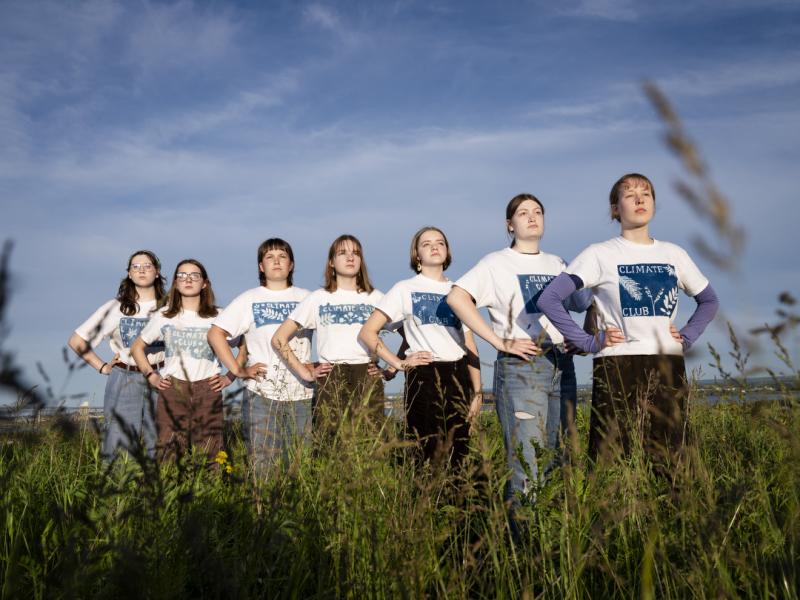Take for instance Nuuk in Greenland, where the warming climate has unexpectedly allowed for crop cultivation. Then there’s Duluth in North America, next to a vast lake, rendering it impervious to extreme temperature fluctuations and ensuring a secure water supply, thereby making it a climate safer location. Similarly, the Canadian city of Churchill could potentially become a vital port city if an ice-free passage between the east and west comes to happen due to climate change.
It is predicted that these places might increasingly become attractive for climate migrants seeking refuge from the more severely impacted regions. These locations offer a relatively safer environment in the face of the changing climate.
Most climate safer locations are situated above the 45th parallel north and encompass countries such as Canada, Ireland, Iceland, Greenland, and Greenland, amongst others.
My new long-term project sheds light on climate safe havens. I want to know: What are the current conditions in these towns? Who are the climate migrants that have already arrived, and what challenges do they face? How are these changes beginning to alter the social fabric of these communities, how do the current residents perceive these transformations? Most importantly, what will the future look like?







